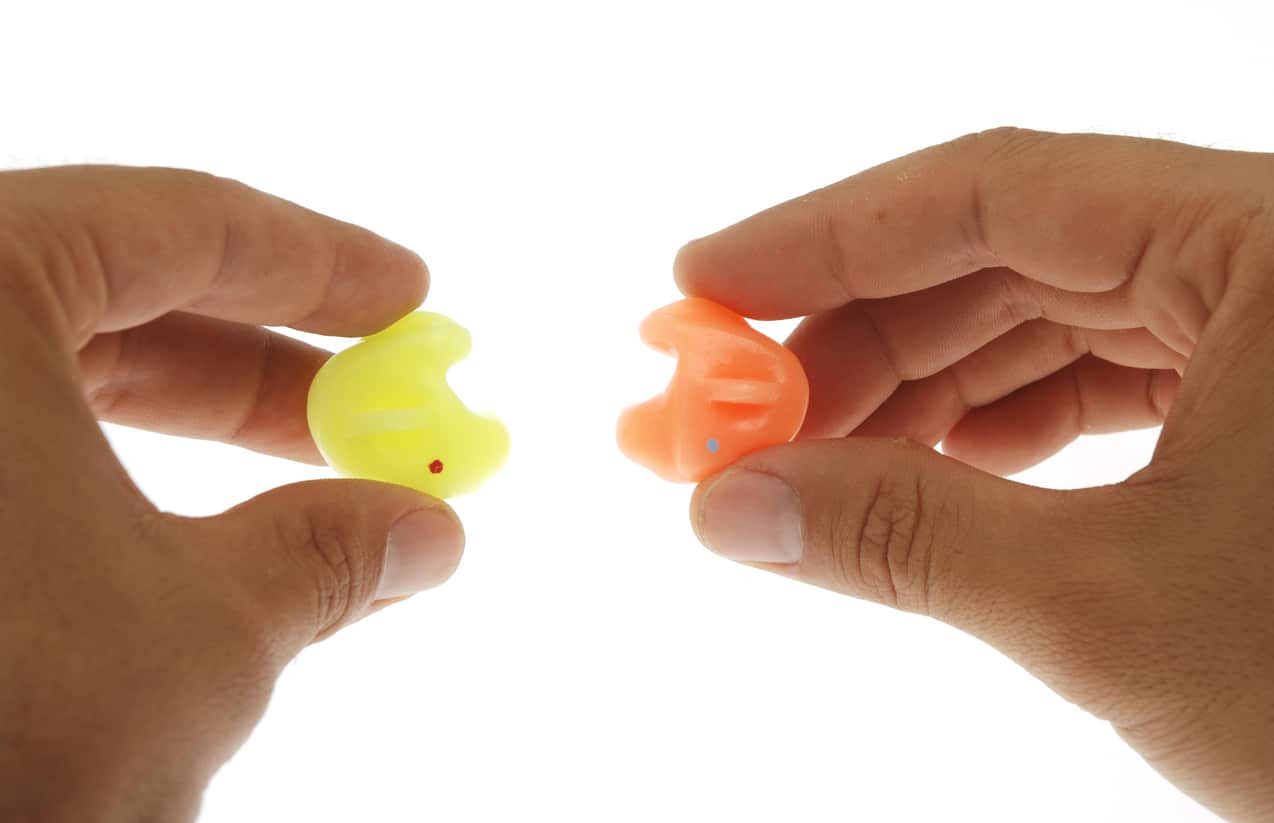Noise-induced hearing loss (NIHL) affects approximately 5% of the world’s population. Understanding how noise impacts your hearing and taking proactive steps to protect it is vital, especially for those who frequently find themselves in loud environments.
How Does Noise Travel?

Although it happens in an instant, the journey of sound through your ears is more complex than it might seem. When you’re at your Subjective Coffee, and you hear the barista calling your name for an order, the sound goes on a long journey:
- The outer ear collects sound waves
- Sound waves are channeled into the ear canal, where they are amplified
- The sound waves reach the eardrum, causing it to vibrate
- Vibrations from the eardrum set the ossicles (malleus, incus, stapes) into motion
- Sound vibrations move into the inner ear and enter the cochlea, causing fluid movement
- Small hair cells in the cochlea transform vibrations into electrical impulses
- Electrical impulses travel along the auditory nerve to the brain, which then interprets them as specific sounds—like your name being called for that much-needed coffee
When exposed to excessive noise, the delicate hair cells in the cochlea can become damaged. This damage can initially manifest as temporary issues, such as muffled hearing or ringing in the ears. Repeated exposure to loud sounds, especially without earplugs, can result in permanent hearing loss.
Protecting Your Hearing with Custom Earplugs
While noise-induced hearing loss can sometimes feel outside your control, custom earplugs offer a higher level of protection tailored to your needs. Custom earplugs are crafted to fit the unique contours of your ears, ensuring comfort and maximum effectiveness in blocking out harmful sounds. Many models feature advanced filtering technology that allows you to hear necessary sounds, such as conversations, music or warning signals, while still providing protection from damaging noise levels.
How Does Getting Custom Earplugs Work?
Custom earplug molds are done by an audiologist or a specially trained member of the earplug manufacturer. During your earplug appointment:
- Your provider examines your ear canal to assess its shape and checks for any earwax blockages
- A foam block is placed in your ear canal to prevent the molding putty from going too far
- Molding putty is squeezed into your ear and left to harden
- After about five minutes, your provider loosens and removes the material
- If the mold looks good, your provider sends it to the manufacturer
- Once the molds are ready, you return to your provider to check the fit and bring your earplugs home
Protecting your hearing now can save you from unnecessary hearing loss. If you’re regularly exposed to loud environments or simply want to take proactive steps to safeguard your hearing, consider custom earplugs as a personalized and effective solution. Contact Advantage ENT & Audiology to discuss hearing protection with one of our specialists.